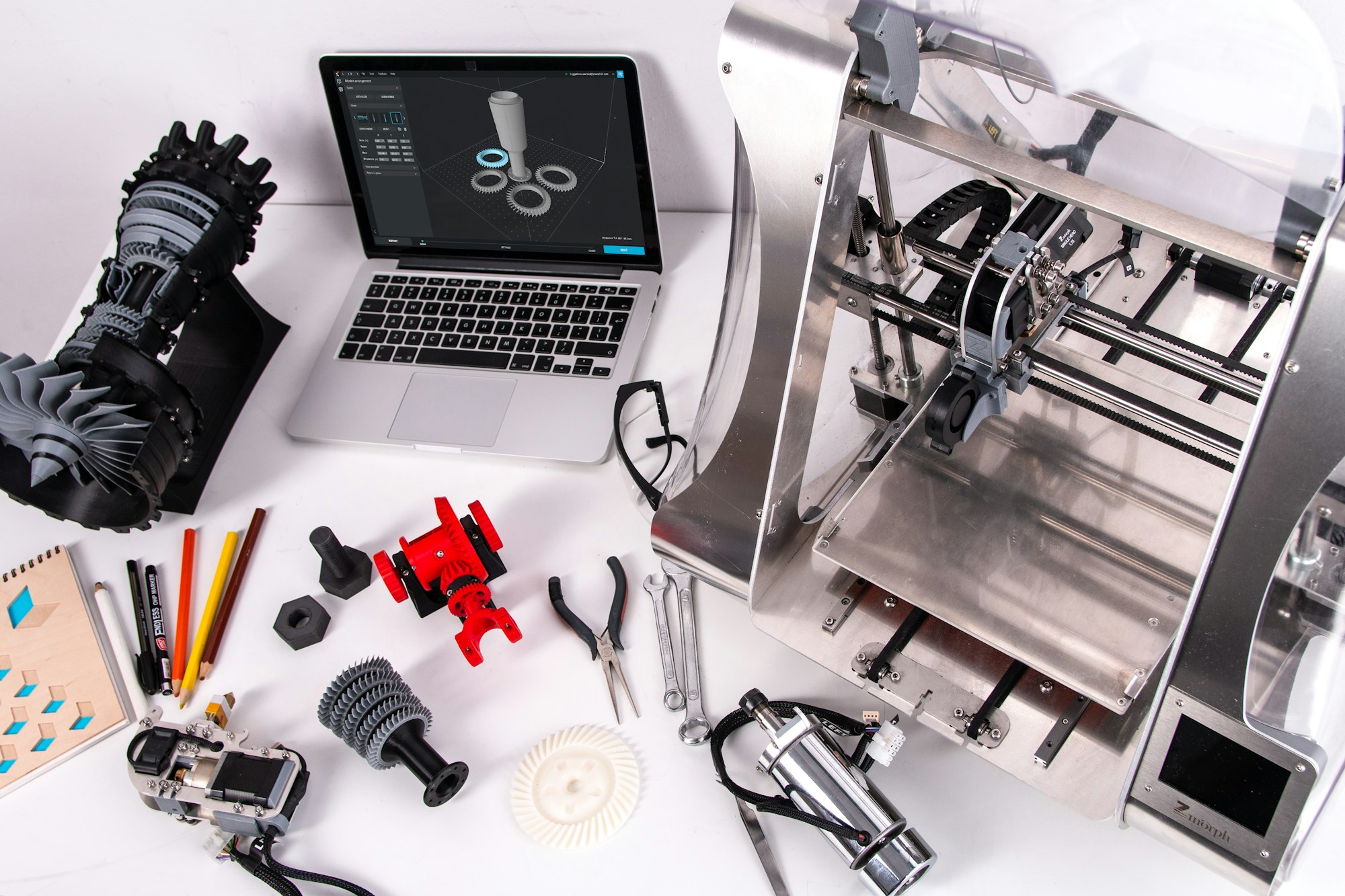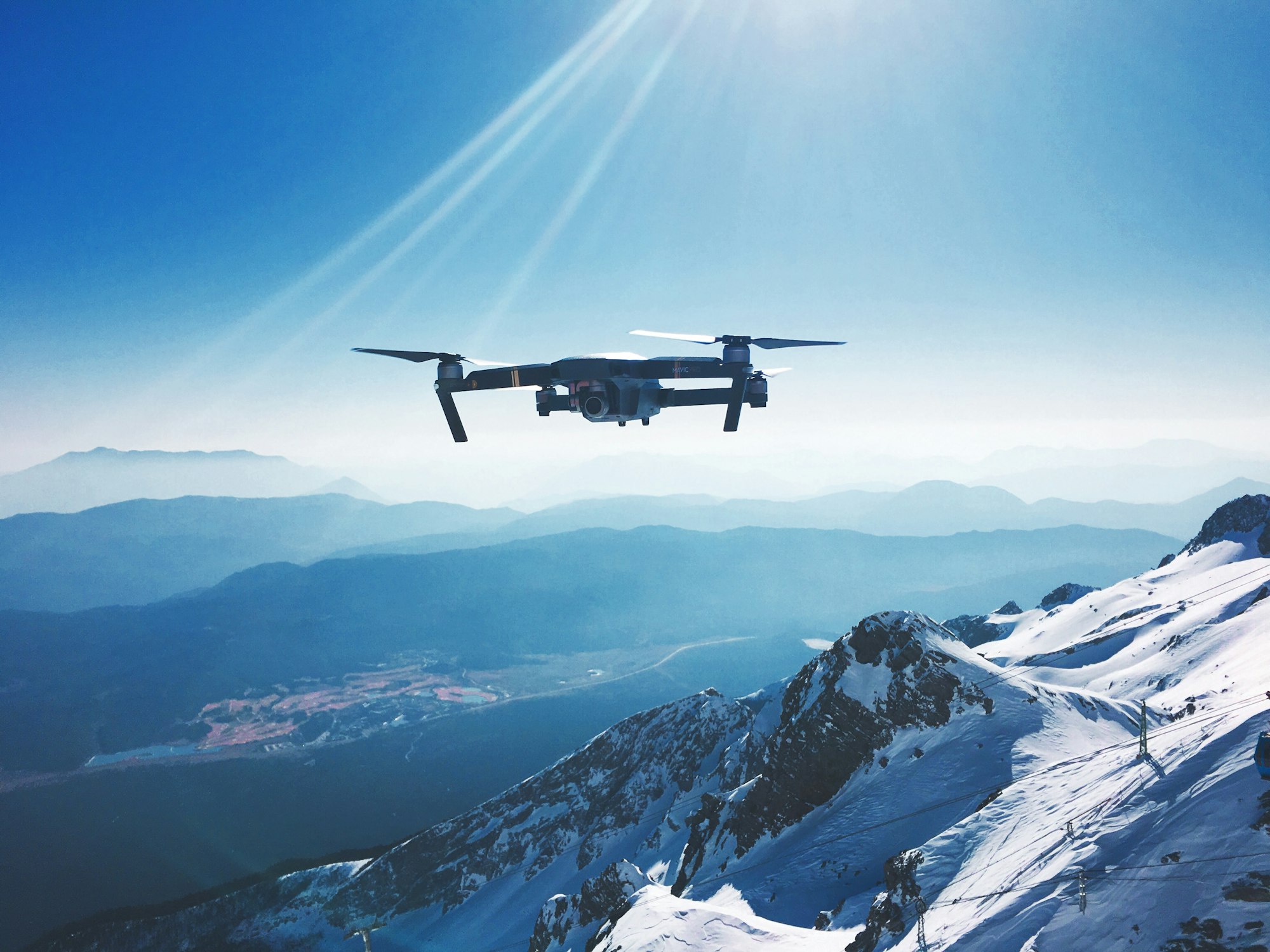Gadget Revolution: Merging Cinewhoop Drones with 3D Printing
Two technologies – Cinewhoop drones and 3D printing – have come together to open up exciting new possibilities for filmmakers.

Cinematography, the art of visual storytelling, has been central to filmmaking for more than a century. But, like every other aspect of our digital age, it has been disrupted and transformed by technology. Two technologies – Cinewhoop drones and 3D printing – have come together to open up exciting new possibilities for filmmakers.
Cinewhoop drones are a breed of compact, lightweight drones specifically designed for cinematic and immersive video capture. Their ability to maneuver through tight spaces, capture 360-degree views, and provide a stable platform for high-resolution cameras makes them ideal for achieving shots that were previously impossible, dangerous, or prohibitively expensive.

On the other hand, 3D printing, with its capacity for rapid prototyping, customization, and cost-effective production, has revolutionized industries from healthcare to aerospace. So, what happens when these two technologies intersect in the field of cinematography? The answer is - a game-changing synergy that pushes the boundaries of creative storytelling.
Customizability:
The foremost advantage of combining 3D printing with Cinewhoop drones is the unprecedented level of customization it offers. Film production often involves unique requirements that off-the-shelf products cannot meet. This is where 3D printing comes in. Whether it's a specific mount for a unique camera angle, a tailored drone casing for a specific environment, or even an aesthetic modification to blend the drone into the scene, 3D printing can make it possible. The only limit is the filmmaker's creativity.
Cost and Time Efficiency:
Traditional manufacturing methods can be time-consuming and expensive, especially for custom parts. 3D printing, however, significantly reduces the time and cost of production. For filmmakers working on a tight budget or schedule, this means quicker turnaround times, lower costs, and the flexibility to experiment and iterate designs without breaking the bank.
Enhanced Performance:
The performance of a Cinewhoop drone can be significantly enhanced with the right 3D printed accessories. For instance, lighter and more aerodynamic components can be printed to improve flight times and maneuverability. Other functional upgrades like protective cases, camera mounts, or even specialized landing gear can be custom-designed for specific shots or filming conditions.
Future Innovations:
The possibilities for innovation with 3D printing and Cinewhoop drones are endless. From creating drones that perfectly mimic animals for naturalistic wildlife cinematography, to developing microscopic drones for medical or scientific filming – the opportunities for creative and technical growth are limitless.
While the benefits are apparent, integrating 3D printing into Cinewhoop drone usage does come with challenges. Filmmakers must understand the technical aspects of both technologies, from drone piloting to 3D design and printing. Careful planning is needed to ensure the printed components are fit for purpose, safe, and compliant with drone regulations.

Despite these challenges, the merger of 3D printing and Cinewhoop drones holds incredible promise for the future of cinematography. It opens up a new world of creative possibilities, where filmmakers are only limited by their imagination. As technology continues to evolve, so too will the art of visual storytelling, bringing audiences experiences that are more immersive, innovative, and awe-inspiring than ever before.
The fusion of 3D printing and Cinewhoop drone technology is set to revolutionize the cinematic world. This confluence not only offers an elevated level of customization and efficiency but also pushes the limits of creative expression in filmmaking. As we continue to explore this exciting frontier, one thing is certain – the future of cinematography is here, and it's spectacular.
